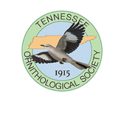The Chimney Swift
Education and Conservation Project
Sponsored by the Chattanooga Chapter of the Tennessee Ornithological Society
Bug Zappers on Patrol
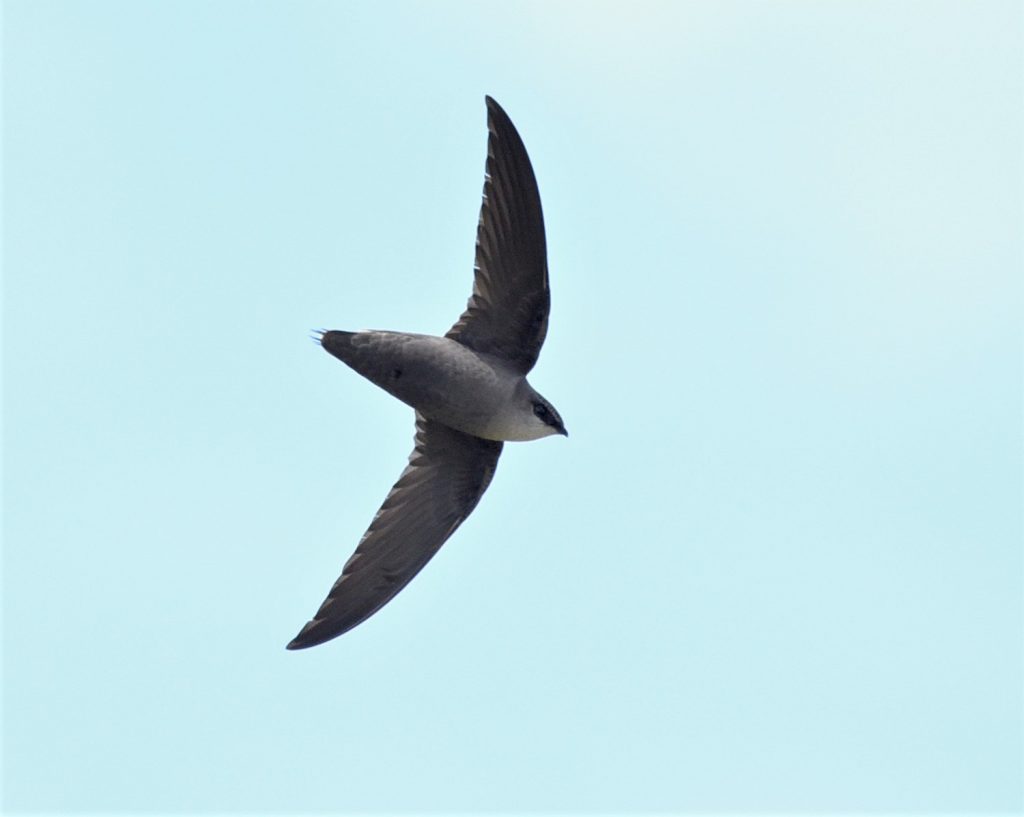
Chimney Swifts can be frequently seen in Tennessee’s warm months. Look up when you hear twittering calls overhead! These small, slender, gray birds glide and dive above trees and rooftops, looking like flying cigars. Covering up to 500 miles/day, each Chimney Swift scoops thousands of insects from the air, including mosquitoes, moths, and the flying stages of termites and fire ants.
Almost constantly air-borne as they hunt, Chimney Swifts land only at their nests, or when roosting at night. Swifts are incapable of perching, but with strong feet they can climb and cling to rough vertical surfaces such as chimney walls, braced by stiff tail feathers.
Wanted: Chimneys!
Chimney Swifts once nested primarily in hollow trees. Farms and cities have replaced their ancient forests. Luckily, these adaptable birds were able to move into chimneys made of stone and brick.
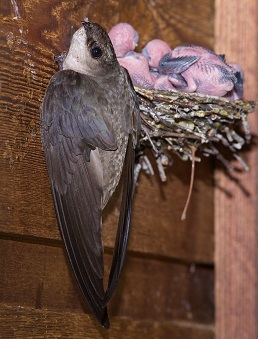
Chimney Swifts raise their young during spring and summer. A mated pair builds a half-cup nest on the interior surface of a chimney, cementing twigs with sticky saliva. Only one nesting pair will occupy a chimney, constantly bringing insects to their 4–5 young.
Chimney Swift Chaetura pelagica adult perched at nest near Lake Sam Rayburn, Jasper Co., Texas 14 June 2008 Chimney Swift nest on outside wall of a dark portion of a hallway at the Bass Buster Inn, a motel on Lake Rayburn. Owners of motel said that this species has nested in this location for 10 years.
Between April and October, Chimney Swifts live in the eastern United States. Before and after the breeding season, they gather in flocks to migrate to and from wintering grounds in the Amazon Basin.
‘SWIFT-NADOES”: a wonder of Nature!
Along their routes, hundreds or even thousands of swifts roost together nightly for warmth and safety, using the chimneys of houses, schools, churches and factories. A huge swirl of birds pouring into a chimney at dusk is a spectacle never to be forgotten! Be on the lookout in your neighborhood for noisy Chimney Swifts gathering at dusk during spring and fall– there’s certain to be a roost chimney nearby. Swifts depend on us to protect and conserve these important roost sites.
HOW TO SEE CHIMNEY SWIFTS ROOSTING
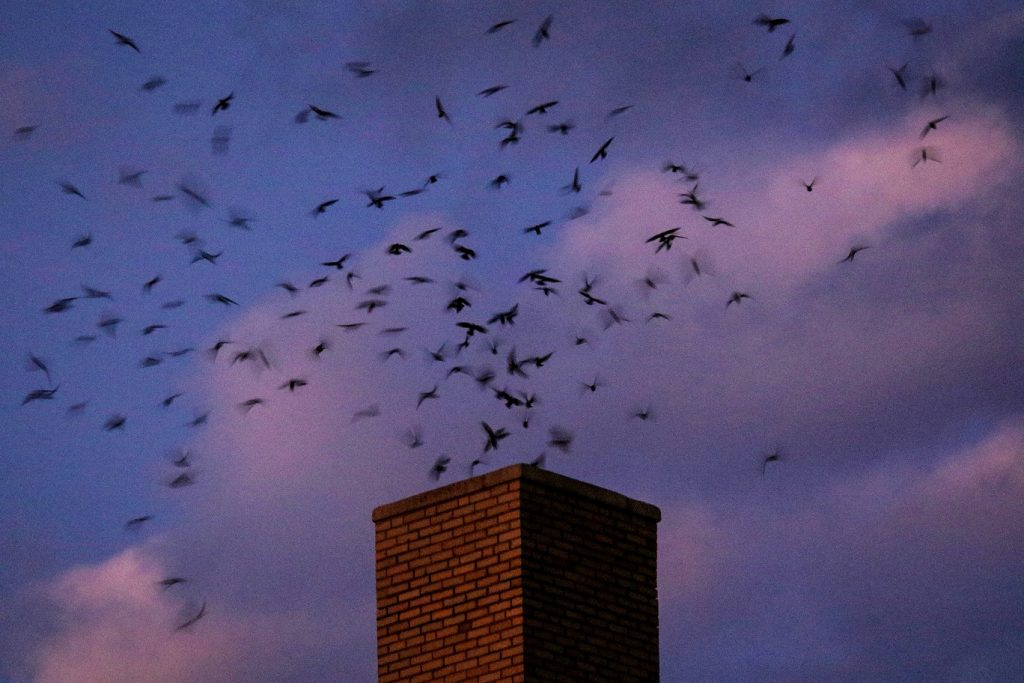
CTOS Swift Night Out Party! Observe a “swift-nado” of birds going to roost. Visit our calendar in Spring and Fall for information.
Swift-watch on your own! Try this: Soldiers and Sailors Memorial Auditorium (downtown Chattanooga) has a chimney used by roosting swifts during Spring and Fall. Begin your watch across the street at Phillips Park, 30 minutes before sunset. Thousands of Swifts use this chimney nightly during peak migration.
A VALUABLE BIRD IN TROUBLE!
Because of human activity, the Chimney Swift population has declined by a staggering 70% since 1970! Why? Widespread pesticides have greatly reduced their food sources. Brick chimneys on mills, factories and houses are being torn down, and modern chimneys are lined, and too slick for swifts to use.
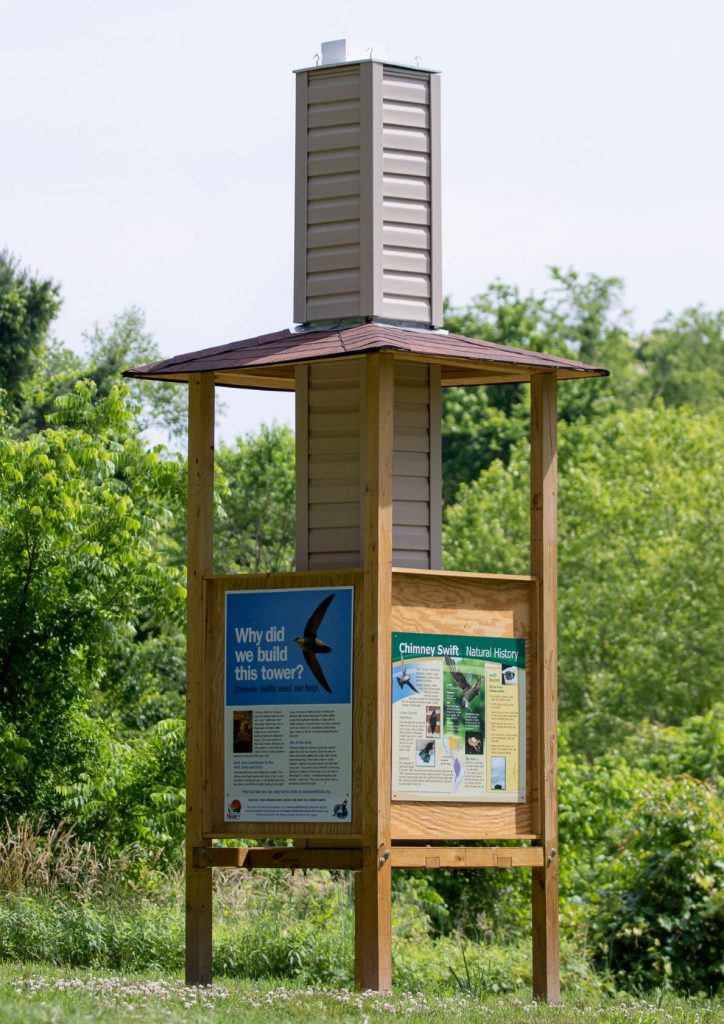
Bird Clubs, ornithological societies and conservation groups such as Chattanooga TOS are leading efforts to educate communities and stop the swifts’ decline. Towers specially designed to host nesting Chimney Swifts can replace some of their lost habitat.
HOW CAN I HELP?
Help your local bird club build Chimney Swift Towers or maintain current chimneys! To donate, click here. To volunteer skills, email chimneyswifts423@gmail.com.
Have you seen a communal Chimney Swift roost, or are swifts using your chimney? If so, please let us know at chimneyswifts423@gmail.com.
Do you have a masonry chimney, and hope to host chimney swifts?
Leave your chimney uncapped, or remove cap from April 1- October 15.
Close the chimney’s flue when not in use (Important!)
Limit pesticide use around your home, farm and business. Wild birds and most other plant and animal species depend on a healthy insect population. Landscaping with native plants helps too. To learn about gardening with and purchasing native plants, visit the Tennessee Valley Chapter of Wild Ones and Reflection Riding Arboretum & Nature Center.
Chattanooga’s bird club, known as the Chattanooga Chapter of the Tennessee Ornithological Society welcomes all. For information on bird walks, bird programs, club meetings and membership, check out our on-line calendar of event.
